Boeing reportedly developed the all-new stealthy drone specifically for the Australians as part of a classified program.
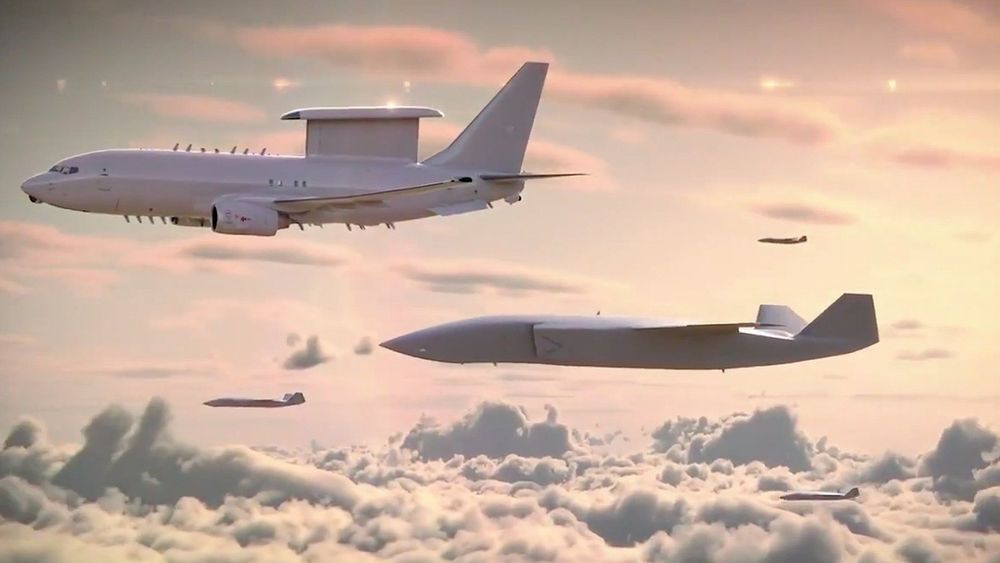


A swarm of 150 drones buzzed over Maroon 5 singer Adam Levine’s head during this year’s Super Bowl half time show, spelling out the words “One Love.”
It was a dazzling display of drone technology — and military developers in the United States and United Kingdom are increasingly interested in using something similar, but with a very different goal in mind: to surround enemy aircraft, confusing them and forcing them out of the sky.
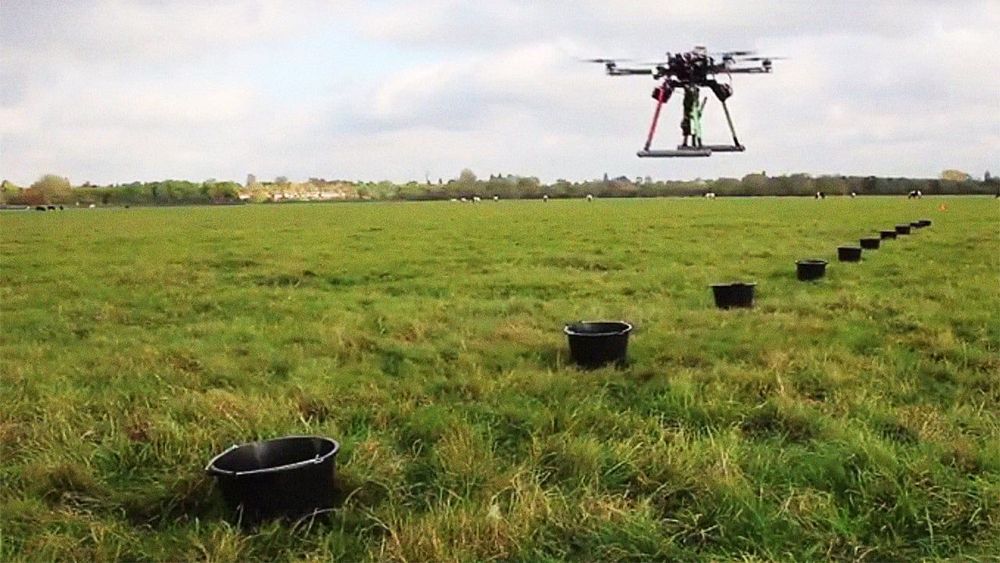
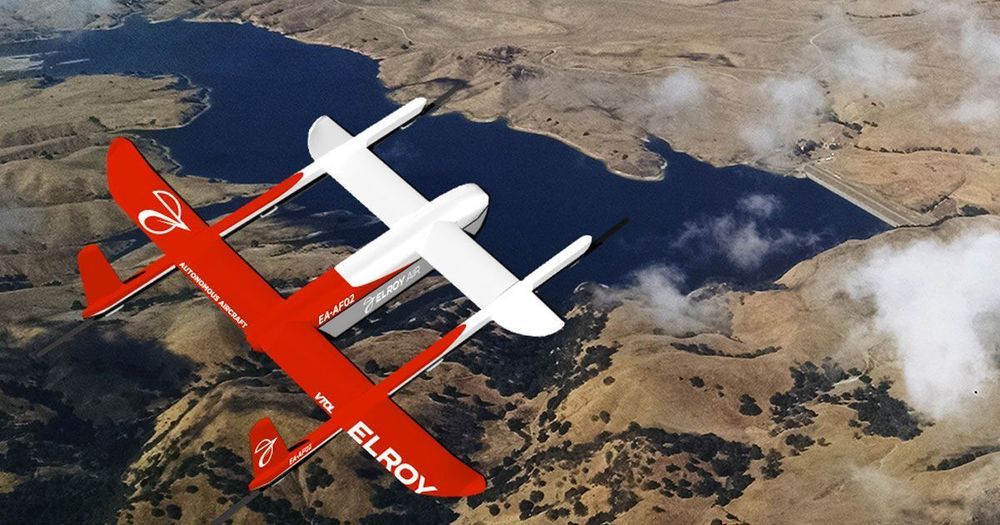

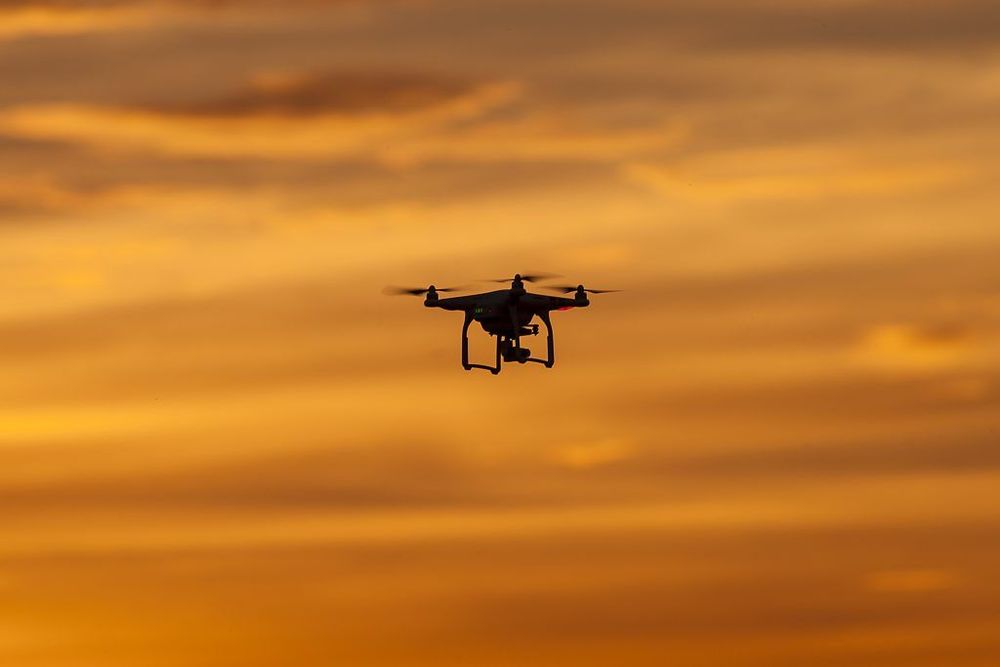
A U.S. Army engineer’s idea to turn the standard M4 rifle into an electromagnetic pulse gun recently got the nod from the U.S. Patent and Trademark Office.
James E. Burke, electronics engineer at the U.S. Army’s Armament Research, Development and Engineering Center, received U.S. patent 10,180,309 on Tuesday, giving the Army intellectual property protections on Burke’s “Electromagnetic Pulse Transmitter Muzzle Adapter.”
This invention would enable a single soldier in a ground unit to destroy enemy electronics, such as small drones or improvised explosive devices, by attaching a special blank-firing adapter to their rifle’s muzzle, then firing a shot.
Register now! We’re calling on the world’s greatest minds to achieve a new milestone for the future of artificial intelligence and autonomous flight.
The development of utility fog just took a significant step forward. The projected size for miniaturization is mm size. With increased nanofabrication should come sub-millimeter.
Absolutely no moving parts, either.
A drone powered by electrohydrodynamic thrust is the smallest flying robot ever made.
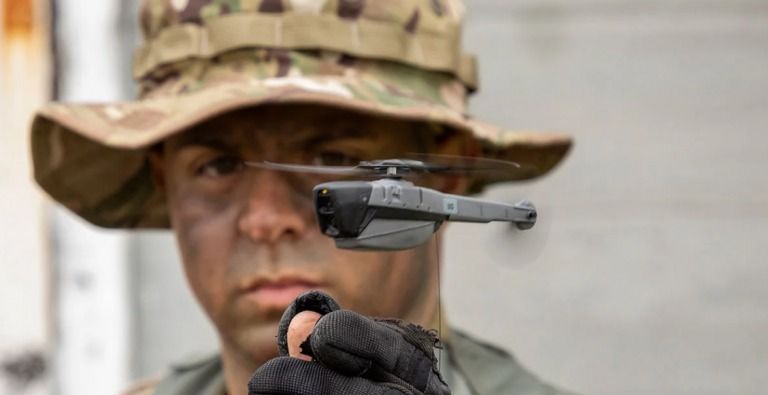
The U.S. Army has placed a $39 million order for tiny reconnaissance drones, small enough to fit in a soldier’s pocket or palm.
The idea behind the drones, which are made by FLIR Systems and look like tiny menacing helicopters, is that soldiers will be able to send them into the sky of the battlefield in order to get a “lethal edge” during combat, according to Business Insider.
A saying from one of my favorite movies is, “Tie two birds together and even though they have four wings they cannot fly.” Can’t say the same about flying drones.
“We perform outdoor autonomous flying experiment of f-LASDRA, constructed with multiple ODAR-8 links connected via cable with each other. Each ODAR-8 can compensate for its own weight, rendering f-LASDRA scalable. Utilizing SCKF with IMU/GNSS-module on each link and inter-link kinematic-constraints, we attain estimation accuracy suitable for stable control (5cm: cf. 1-5m w/ GNSS).”
We perform outdoor autonomous flying experiment of f-LASDRA (flying Large-size Aerial Skeleton with Distributed Rotor Actuation), which is constructed with multiple ODAR-8 links (https://youtu.be/S3i9NspWtr0), connected via flexible cable with each other. Each ODAR-8 link can generate omni-directional force/torque and also compensate for its own weight, thereby, rendering the f-LASDRA scalable w.r.the number of links.
Utilizing SCKF with standard IMU/GNSS-module on each link and inter-link kinematic-constraints, we can significantly improve position/attitude estimation accuracy of the f-LASDRA necessary for stable control (less than 5cm) as compared to typical accuracy of GNSS (1-5m). Semi-distributed version of the estimation framework is also devised to address the issue of scalability. (Accepted ICRA 2019). See also https://youtu.be/oHkjB8XzxIg for operational-LASDRA).